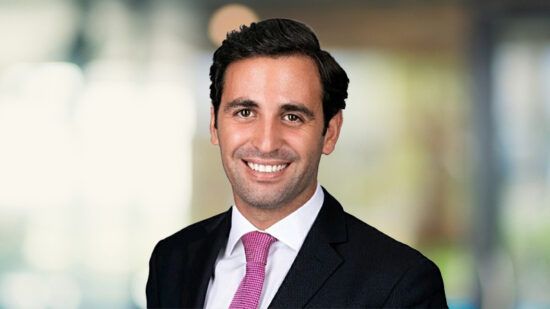As spreads have widened significantly since the second half of last year, European fund selectors have on aggregate become more positive about high yield bonds (see graph below). But there are large discrepancies between the various countries. Danish investors, who grapple with the lowest central bank interest rates in the world (at -0.65%), are desperately looking for a higher yield on their fixed income investments. Consequently, they are Europe’s biggest fans of high yield bonds. In Germany, Sweden and Finland, however, there are more sellers than buyers.

This mixed picture is also visible in fund flows. Flows into high yield bond funds were net negative in half of the past eight months, according to Morningstar data. Outflows can be mostly attributed to US high yield bond funds, which have seen net redemptions each month since May 2015. European high yield bond funds, by contrast, welcomed net new money in every month bar two in 2015.
Preference for Europe
Omar Gadsby, head of fixed income fund selection at Credit Suisse’s private banking arm, is one of these fund buyers focusing on European high yield. He prefers it to US high yield because it has a lower exposure to commodities and on average better-quality securities.

“We have increased our focus on European high yield, because it has much less exposure to the energy sector than the US market. Europe is also a higher credit quality market with only 7% CCC-rated bonds, compared to 14% in the US,” he says.
And there is more that speaks for Europe. “The market is supported by QE which is good for equities and other risk assets. It also has more senior-secured debt, which we like because of its lower volatility characteristics as compared to subordinated debt,” Gadsby explains. “Overall, we are implementing a more defensive high yield exposure.”







